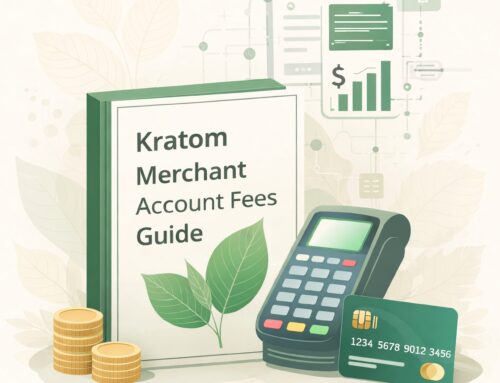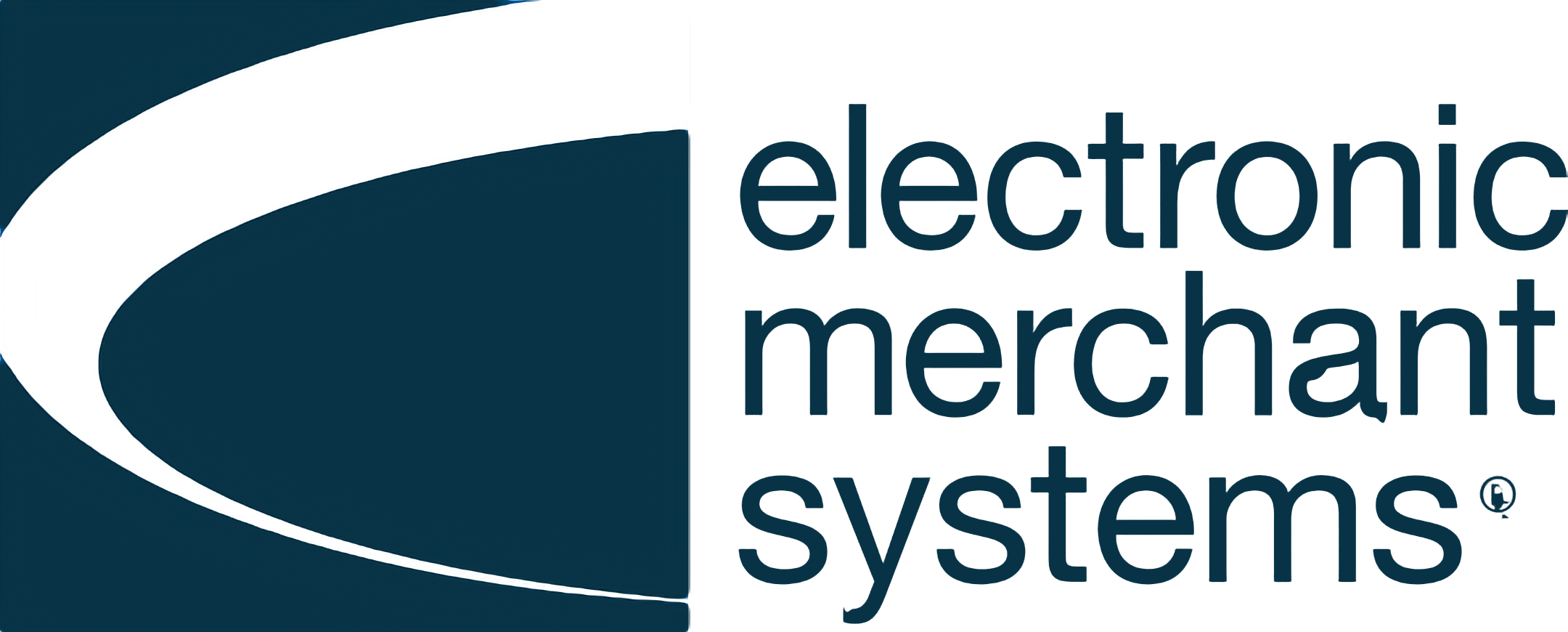Buying a business doesn’t end when the papers are signed. For buyers of online and ecommerce businesses, the real work begins immediately after acquisition—often during the most fragile period of ownership.
If you’ve just bought an existing business, or you’re close to closing, you’re inheriting systems, suppliers, customers, and day-to-day operations that were built around the previous owner. Some of those systems will transfer cleanly. Others quietly introduce cost, risk, or operational friction.
The first 90 days after buying a business are critical. This is when new owners set the standard, ensure a smooth transition, and protect cash flow while learning how the business actually operates. Yet one area is consistently overlooked during this period: payment processing and financial infrastructure.
This article focuses on what to do after buying a small business—particularly online and ecommerce businesses—where payment infrastructure, compliance, and cash flow stability matter immediately.
Key Highlights
- The first 90 days after buying a business shape long-term stability more than the purchase price.
- New owners inherit payment systems, suppliers, and operational risk from the previous owner.
- Ensuring a smooth transition means protecting day-to-day operations before making major changes.
- Payment processing is one of the fastest ways to reduce costs and avoid disruption.
- Online and high-risk businesses require different post-acquisition priorities than brick-and-mortar companies.
The First 90 Days: A Roadmap for New Business Owners
Most advice about how to buy a business stops at the deal. Very little addresses what happens next. The first three months are not about overhauling everything—they’re about learning the business, maintaining continuity, and avoiding disruption.
Weeks 1–2: First Steps After Buying a Business
- Meet with your staff individually to understand roles, workflows, and concerns.
- Observe day-to-day operations exactly as they exist today.
- Schedule time with the previous owner to capture institutional knowledge before they fully exit.
Existing employees value job security, and people fear change. Setting expectations early helps ensure a smooth transition.
Weeks 3–4: Suppliers, Customers, and Operational Continuity
- Review supplier contracts, fulfillment partners, and service providers.
- Reassure suppliers and customers that operations will continue without disruption.
- Avoid sudden changes that could interrupt billing, shipping, or customer communication.
Suppliers and customers need reassurance during ownership changes. Stability builds trust.
Months 2–3: Systems Review and Risk Reduction
Once you understand how the business operates, you can begin reviewing systems that affect cost, risk, and scalability—especially payment processing.
What Most New Business Owners Miss After Buying a Business
Most acquisition advice focuses on valuation and deal structure. Very little addresses the systems that determine whether the business survives its first year under new ownership.
New owners commonly overlook:
- Inherited payment processors that are outdated or misaligned with ecommerce volume
- Hidden processing fees that quietly erode margins
- Chargeback exposure tied to traffic sources set by the previous owner
- Compliance gaps that can trigger account reviews or shutdowns
These issues rarely appear on day one. They surface during growth, seasonal spikes, or operational changes—when disruption is most damaging.
Why Payment Processing Should Be Reviewed Immediately After Acquisition
For online businesses, payment processing is not a background utility. It is core infrastructure.
You Inherit Risk From the Previous Owner
Processors underwrite businesses, not buyers. If the existing business was operating near policy limits, the new owner inherits that exposure the moment volume or behavior changes.
Ecommerce Processing Is Not the Same as In-Person Sales
Online transactions carry higher fraud and dispute risk. Processors designed for low-risk retail or in-person sales often become a bottleneck once ecommerce volume grows.
High-Risk Categories Require Specialized Setup
Businesses selling supplements, CBD, kratom, vape, or nutraceutical products are frequently processed by providers that technically prohibit the category. Accounts may appear stable—until they’re reviewed.
Reviewing payment processing early helps avoid forced changes later.
Managing Suppliers and Customers During the Transition Period
A smooth transition depends on operational continuity.
- Maintain existing supplier relationships until you fully understand dependencies.
- Avoid changes that could disrupt checkout, billing descriptors, or subscriptions.
- Ensure customers experience consistent service during the ownership transition.
Payment failures or checkout interruptions undermine trust faster than almost any other issue.
Reducing Costs After Buying a Business (Without Touching Marketing)
Many new owners focus on growth initiatives first. Cost control is usually faster.
Payment processing affects every transaction. Small inefficiencies compound quickly.
- Effective processing rates (not just headline pricing)
- Gateway and per-transaction fees
- Chargeback penalties and dispute costs
- Reserve requirements and payout delays
If you’ve recently bought an online business and haven’t reviewed your payment processing yet, a short analysis can uncover hidden fees, category mismatches, or risk exposure before they become problems.
How VERIFIED Credit Card Processing Supports New Business Owners
VERIFIED Credit Card Processing frequently works with buyers during the first 30–90 days after acquisition, when inherited payment systems are most likely to fail or become a bottleneck.
VERIFIED supports ecommerce and high-risk businesses by:
- Aligning processing with the type of business you’ve acquired
- Reducing shutdown risk through compliant underwriting
- Improving cash flow predictability for new owners
- Supporting fully remote, online businesses
Final Thoughts for New Online Business Owners
Buying a business is only the beginning. The first three months determine whether you stabilize or struggle.
Payment processing sits at the intersection of revenue, compliance, and operations. Ignoring it is one of the most common mistakes new owners make.
For many buyers, reviewing payment processing is the fastest way to stabilize cash flow without changing the product, pricing, or traffic.
A disciplined post-acquisition review ensures your business grows without unnecessary disruption.
Frequently Asked Questions After Buying a Business
What should I do first after buying a business?
Focus on stability during the first 90 days. Learn day-to-day operations, meet with staff and suppliers, review inherited systems, and avoid major changes until you understand how the business actually runs.
How soon should I review payment processing after acquisition?
Immediately. Payment processing affects cash flow, compliance, and customer experience. New owners often inherit processors that are outdated or misaligned with online or high-risk businesses.
Why do payment processors shut down accounts after a business is sold?
Processors underwrite businesses, not owners. Changes in ownership, volume, products, or risk profile can trigger reviews—especially for ecommerce or regulated industries.
What mistakes do new business owners make in the first 90 days?
Moving too fast, changing systems without understanding dependencies, ignoring inherited financial infrastructure, and underestimating how payment processing impacts stability.
Continue Reading
Let us discover your best options.
Either submit the form below or get in touch with an agent now (415) 835-4135.
Applying is risk-free; we send your details to underwriters to find the best fit and contact you with the best option or request more details, with no credit checks or commitments.











